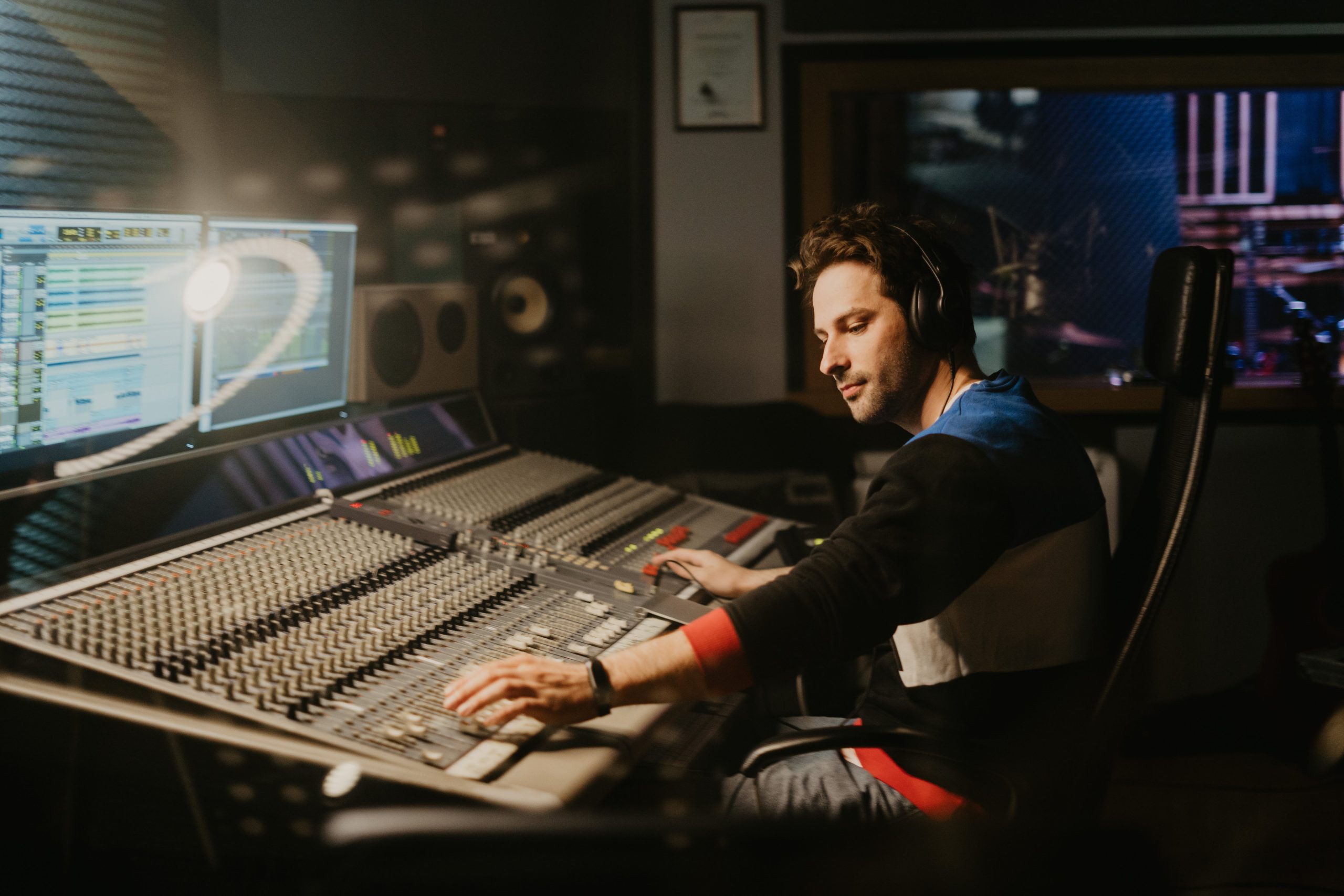A Mastering Engineer’s Guide to Final Mixdown
Mastering is the final step in the music production process, and it involves preparing your final mix for distribution, ensuring it sounds polished and consistent across different playback systems. While the mastering engineer typically handles this process, it’s essential for musicians and producers to understand the key considerations for a successful final mixdown that will make the mastering engineer’s job more efficient. Here’s a guide for musicians and producers to prepare their mixes for mastering:
- Mix Preparation:
- Ensure that your individual tracks are well-balanced and polished before starting the mixdown. Fix any issues with timing, tuning, or performance in the individual tracks.
- Room Acoustics:
- Make sure the room you’re mixing in has good acoustics. An acoustically treated space will help you hear the mix accurately.
- Reference Tracks:
- Use reference tracks from professional recordings that are similar in style to your music. This can help you gauge the overall sound, balance, and tonal characteristics you should aim for.
- Headroom and Peak Levels:
- Leave adequate headroom in your mix to prevent clipping during the mastering process. Aim for peak levels between -3 dB to -6 dB to give the mastering engineer room to work.
- Mix Bus Processing:
- Be cautious with mix bus processing (processing applied to the entire mix). While some light bus compression or equalization can be useful, avoid heavy processing that may limit the mastering engineer’s options.
- High-Quality Files:
- Provide the mastering engineer with high-quality audio files, preferably in a lossless format like WAV or AIFF. Ensure that your files have a bit depth of at least 24 bits and a sample rate of 44.1 kHz or higher.
- Avoid Over-processing:
- Avoid excessive use of dynamic range processors, such as compressors and limiters, during the mixing stage. Heavy processing can limit the mastering engineer’s ability to make adjustments.
- Consistency:
- Ensure that the levels and tonal balance are consistent throughout the mix. Check that all elements (instruments, vocals, effects) fit well together and don’t have extreme volume variations.
- Panning and Stereo Imaging:
- Pay attention to panning and stereo imaging. Make sure the mix has a balanced stereo field and doesn’t have any phase issues.
- EQ and Filtering:
- Use EQ to clean up unwanted frequencies in individual tracks. Be mindful of low-end frequencies and use filtering to remove rumble and excessive low-end energy.
- Reference Listening Environments:
- Listen to your mix in various environments, such as studio monitors, headphones, and car stereos, to ensure it sounds good across different playback systems.
- Communication with the Mastering Engineer:
- Communicate your artistic intent and any specific concerns or requests to the mastering engineer. They can better tailor the mastering process to your vision when they understand your goals.
- Safety Copies:
- Always create a backup of your final mix before applying any mastering processing. This ensures you have an unaltered version in case you need to make adjustments.
Remember that the goal of the final mixdown is to provide the mastering engineer with the best possible starting point to optimize your music for various listening environments and formats. A well-prepared mix will make the mastering process more efficient and help achieve a professional, polished sound.




